DRLO Aviation (part 14)
One of the largest recipients of Chinese weapons is pakistan. At the end of 2005, a prototype of the DRLO Y-8P aircraft with a rotating disk-shaped antenna radar was built on the Y-200-8 platform at the end of XNUMX of the year. In testing the radar, the Pakistani military took part, in their opinion, the placement of the antenna system in the "classic" rotating fairing over the fuselage is more in line with the requirements of the Pakistan Air Force.
Serial aircraft, created on the basis of the upgraded Y-8F-600, received the designation ZDK-03 Karakorum Eagle. Atypical for the Air Force of the People's Republic of China the designation of the AEW aircraft is explained by its export purpose. Thus, the company-developer “Electronics Technology Group Corporation (CETC)” in the name of the car reflected that it is the third DRLO aircraft after KJ-2000 and KJ-200, and the letters “ZDK” are an acronym in Chinese, sounding like “Zhong Dian Ke. The cost of one export aircraft in the 2009 year was $ 278 million. In total, Pakistan ordered the 4 ZDK-03. The first aircraft of this type was solemnly handed over to the Pakistan Air Force 13 on November 2010, after which intensive tests began with the Pakistani crew. On an ongoing basis, the DRLO and U ZDK-03 airplanes in Pakistan are stationed at Masrour air base, not far from Karachi.
Radio complex ZDK-03 service 6 operators. The characteristics of the radar roughly correspond to the capabilities of the E-2 Hawkeye with AN / APS-145 radar. In addition to the radar and communications equipment, the radio complex includes radio intelligence stations and EW. Their antennas are located in the nose and tail of the aircraft.
The ZDK-03 planes delivered to Pakistan were the first Chinese DRLO aircraft to be exported. At the same time, all key components of the RTC are designed and manufactured in the PRC. A computer complex for signal selection against the background of the earth and high-speed data processing was also created in China from local components.
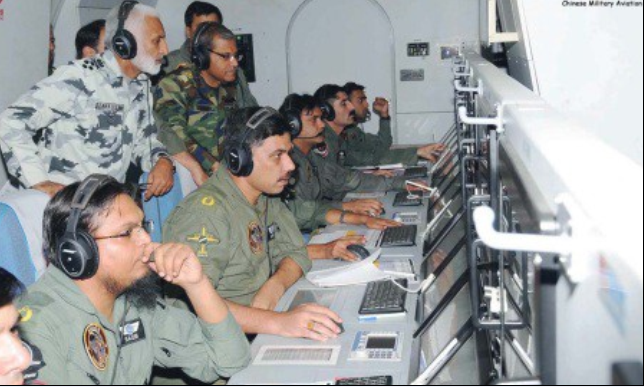
According to its flight data, ZDK-03 is close to the DRLO KJ-200 aircraft. With a maximum take-off weight of 60700 kg, the aircraft develops speed of 662 km / h. Cruising speed 550 km / h, patrol speed 470 km / h. Time patrolling 10 hours, range- 5000 km.
In the summer of 2014, information appeared about adopting a new "tactical" DRLO KJ-500 aircraft in the People's Republic of China. This machine, built on the Y-8F-600 platform, is a lot like KJ-200. Distinctive features of the KJ-500 are a circular radar plate, the presence of an aerodynamic ridge in the tail section to compensate for the loss of road stability and flat antennas of an electronic reconnaissance station.
The success of Chinese specialists from CETC can be considered a transition from radar with mechanical scanning antennas to systems with active phased antenna array. In the People's Republic of China, it was possible to create and launch a three-coordinate long-range radar with AFAR, which provides electronic scanning in height and azimuth. At the same time, the viewing sector of each of the three flat antenna arrays, joined in the form of an isosceles triangle, is at least 140 °. Thus, they mutually overlap adjacent sectors and provide a circular view.
The KJ-500 is currently being mass-produced at the Chengdu plant. At the moment, about ten cars have been built. In terms of the number of AWACS aircraft in service, China is already more than twice as large as our country. Moreover, in the PRC, simultaneously with the creation of heavy and expensive aviation radio systems based on the Il-76MD and Y-20, the emphasis is placed on the construction of relatively economical "medium" AWACS aircraft. KJ-200 and KJ-500, created for the "tactical" link, if necessary, are capable of performing "strategic" tasks. Losing in flight speed, the number of tracked targets and guided fighters, turboprop machines with the same flight range as the KJ-2000 are able to hang in the air longer. And the lower productivity of the RTK is fully compensated by the larger number. The satellite image below shows how different in geometric dimensions the Chinese AWACS KJ-500 and JZY-01 aircraft from the KJ-2000.
The most noticeable visual difference of the export JZY-01 from the KJ-500 intended for domestic consumption with the same glider is the radar dish. On the fixed radome radome of the Chinese DRLO aircraft, the sectors above show AFAR emitters and there is a characteristic “blister”.
In April 2005 of the year in Wuhan, during a visit by the leadership of the People's Republic of China to the Research Institute No. 603, the layout of the DRLO aircraft was demonstrated. Work in this area began after the decision to complete the construction at the shipyard in Dalian purchased in Ukraine at the price of scrap metal heavy aircraft carrier cruiser Ave 1143.6 “Varyag”.
After repairs and refit, the PLA Navy as the Liaolin aircraft carrier entered service in the USSR in September 2012, becoming the first Chinese warship of this class. J-15 fighters (Chinese version of Su-33) became the basis of the deck wing. However, a major drawback is the absence in the PLA Navy of a decked plane DRLO. The helicopters of the Ka-31 radar patrol purchased in Russia, in the opinion of the Chinese admirals, are not capable of providing the necessary range and duration of patrols and are, in fact, an addition to powerful shipborne radars.
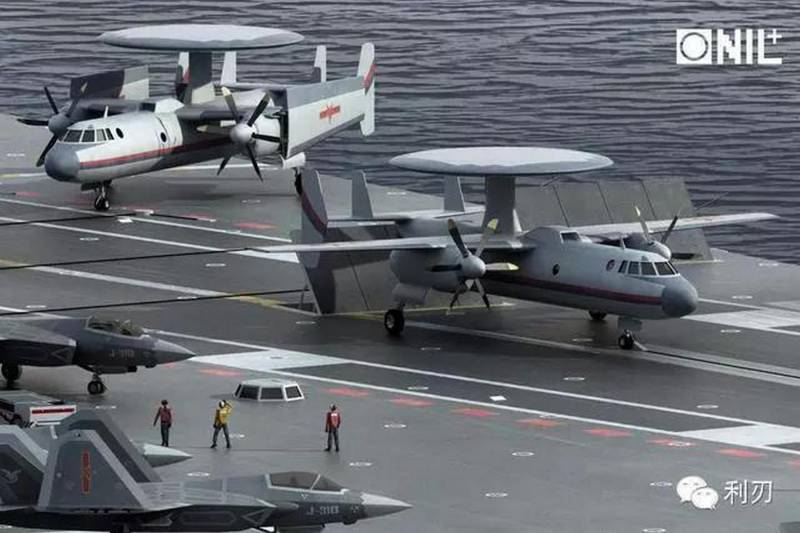
Given that China is implementing a program to build full-fledged aircraft carriers equipped with a steam catapult, the Chinese the fleet an urgently needed deck-based AWACS aircraft. In 2011, at the airport near the city of Xi'an began testing an experimental aircraft JZY-01. This machine, created on the basis of the transport Y-7 (a copy of the An-26), was intended for testing the radio-technical complex and design solutions, which were planned to be used in the future when creating the carrier-based AWACS aircraft.
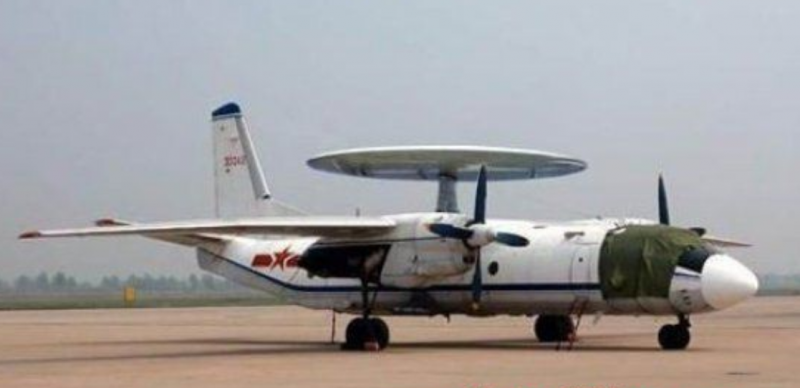
The first version carried an antenna similar to the one used on the KJ-200 aircraft, however, this option did not suit the PLA Navy representatives and soon a prototype with a traditional disco-plate arrived for testing. Most experts agree that the radome radome is not rotating, and inside it, as on the larger AWACS aircraft KJ-2000, there are three active phased antenna arrays that provide all-round visibility. During the test flights, it turned out that the bulky radar disk obscures the tail, and this has a negative effect on the handling.
As a result, the plane was once again redid, after which it began to resemble the “Hockey” enlarged in size. Besides spaced tail with washers at the ending, in this version there are new engines WJ-6C with JL-6 4-blade propeller - similar to those used on a new vehicle Y-8-600 and aircraft AEW KJ-200 and ZDK-03 .
Contrary to the rumored rumors, JZY-01 was not intended to be tested on an aircraft carrier. Too large for deck-based vehicles does not have a folding wing and is not equipped with a brake landing gear and reinforced chassis. In addition, this very heavy aircraft, which does not have a high thrust-weight ratio, is not able to rise into the air from the deck of an aircraft carrier without the aid of a catapult.

In February, the 2017 of the year on the Chinese Internet appeared not very high-quality photograph taken at one of the PLA Navy airfields. In a number of sources it says that the photo captured a new deck aircraft AWAC KJ-600. Based on the size of airplanes and helicopters standing nearby, it can be concluded that the KJ-600 is much smaller than the JZY-01 that was previously tested and should fit without problems on the deck. KJ-600 is a lot like the American E-2 Hawkeye, but the Chinese car has a smaller geometric dimensions. Most likely, the KJ-600 uses the already familiar for Chinese developers radar scheme with three active phased antenna arrays in a fixed disk-shaped fairing.
At the beginning of the “zero”, the Chinese leadership, after Israel’s refusal to cooperate in the creation of a joint radio-technical complex, set before the developers the task of localizing the production of all electronic components of DRLO airplanes in the PRC. In 2014, it was stated that this program was completed. On new Chinese DRLO planes computers and software developed and manufactured only in China are used in computing systems. For the purpose of unification on different types of aircraft, common communication and information systems are used. This approach allows you to get rid of foreign dependence, reduce the cost of production, facilitate maintenance and improve information security.
At the moment, there is a real boom of aircraft in the People's Republic of China, intended both for radar reconnaissance of ground targets and for review of airspace. In the middle of the 90-x, the PLA Air Force tactical reconnaissance aircraft received a J-8FR aircraft based on the J-8F interceptor. With external similarity with the interceptor, the reconnaissance version is very different from it in the composition of the onboard equipment.
On this plane, the Type 1492 airborne target-detection radar is replaced with a compartment with photos and video cameras. Instead of a dismantled 23-mm gun, an optoelectronic equipment with a wide field of view, capable of operating in the dark, was installed on board. But the most notable innovation was the suspension container with side-looking radar. This synthetic aperture radar is capable of conducting radar reconnaissance at a distance of more than 100 km. But it is not known whether the aircraft has the equipment for the remote transmission of the collected intelligence information, or whether data is analyzed after the aircraft returns to its aerodrome.
Although the basic platform of the aircraft J-8F, which is the Chinese conceptual counterpart of the Soviet interceptor Su-15, is morally obsolete, this machine is still in service and equipped with fairly modern avionics, armament and engines. Fighter has a very impressive rate of climb and acceleration characteristics. In the afterburner, its thrust-to-weight ratio is close to one. The reconnaissance variant also has quite good speed parameters. At high altitude, its speed can exceed 2 M. With the supply of fuel in the internal tanks, the range of the reconnaissance aircraft J-8FR reaches 900 km. To increase the duration of the flight on the aircraft can be used 600 and 800 liter outboard fuel tanks, also has equipment for refueling in the air. From the armament of the aircraft retained melee missiles PL-8 SRAAM. A number of sources indicate that instead of side-looking radar, the PI X-31P or its Chinese counterpart YJ-93 may be suspended.
Chinese sources say that small-scale construction of J-8FR scouts was carried out until 2012. In the future, these machines will be replaced drones middle class, the development and testing of which is currently underway.
In addition to aircraft platforms, powerful radars of ground and air reconnaissance in China are adapted by helicopters and UAVs. Since the end of 70, when the United States saw China as an adversary of the USSR, there was active military-technical cooperation between the countries of the West and the Middle Kingdom. Among other types of military equipment, 12 of French SA 321 Super Frelon heavy transport helicopters was supplied to China. In the future, the PRC established licensed production of this helicopter under the designation Z-8. Relatively recently, a radically upgraded version of the Z-18 appeared. Unlike the basic version, the Z-18 has a modified form of the front of the fuselage and an expanded cargo compartment, more powerful and economical engines WZ-6C. For radar detection of sea and air targets on the basis of a transport helicopter created Z-18J.
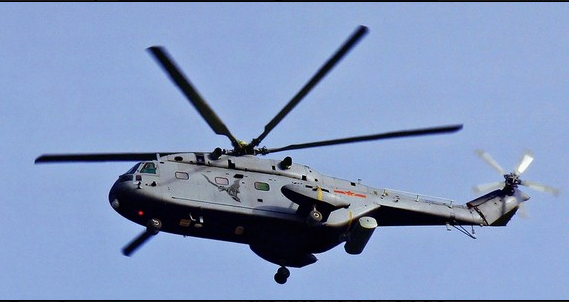
In comparison with the Russian helicopter of the radar patrol, the Ka-31 is a much larger and heavier vehicle with a maximum take-off weight of 14 tons. Currently Z-18J is being tested in the PLA Navy. The prototype of the DRLO helicopter with a radar antenna located in the hinged tail frame and lowered into working position while the machine is in the air was seen on the deck of the Liaoning aircraft carrier.
In 2006, it became known that the Chinese company Chengdu Aircraft Corporation (CAC) was designing a Chinese analogue of the heavy RQ-4 Global Hawk UAV. At the same time, information was announced that the device was being created using the technology of low radar visibility and would be used for high-altitude intelligence. The drone, who taught the name Xianlong ("Soaring Dragon"), entered the tests in the 2008 year.
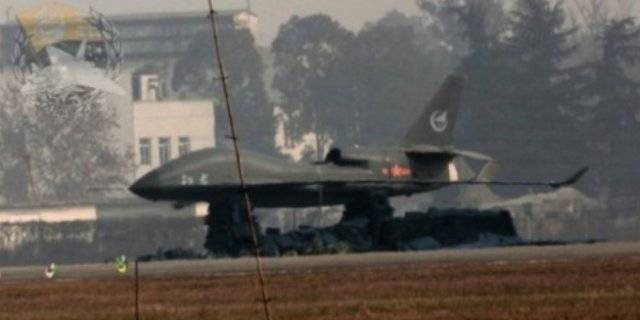
Unlike Global Hawk, the Chinese Soaring Dragon is equipped with a wing of the original shape that combines the closed wing of a regular and reverse sweep. The wing consists of two planes located one above the other and interconnected by curved rings. This form of the wing has a large lifting force and can significantly reduce fuel consumption and increase the duration of the flight.
Although the "Soaring Eagle" is positioned as an analogue of the American "Global Hawk", the Chinese drone is inferior in range and duration of flight. According to information published in open sources, with a take-off weight of about 7500 kg, the Chinese device is able to rise to a height of 18300 meters and cover a distance of more than 7000 km. Maximum speed 750 km / h.
The main purpose of the UAV is to control the ocean space. To search for surface targets, the Soaring Eagle has a synthesized aperture radar that is supposed to detect destroyer targets at a distance of 480 km. On satellite and radio channels, airplanes, repeaters, data on the detected targets should be transmitted to headquarters and to land and sea anti-ship complexes. According to US naval intelligence, the Xianlong UAV, along with reconnaissance spacecraft, is part of the targeting system of coast-based anti-ship ballistic missiles DF-21D.
At the end of June, the 2015 of the year became aware of the development of the Divine Eagle ("Divine Eagle") in China. Compared with the “Soaring Eagle” that has already been commissioned, this is a much larger and heavier machine.
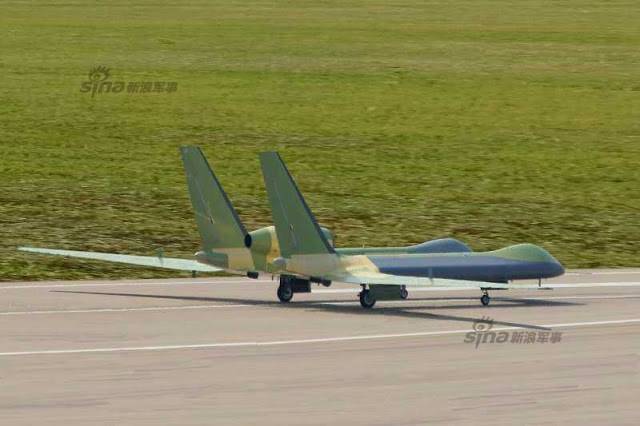
It was created in Shenyang Research Institute No. 601 as a multipurpose reconnaissance platform. To date, it is perhaps the largest of the built UAVs. The estimated length of the UAV Divine Eagle 14-16 meters, and the wingspan may exceed 40 meters. The geometric dimensions of the Divine Eagle UAV can be judged by satellite imagery, where it was captured at the factory airfield in Shenyang. An idea of the size of the device give parked nearby fighter J-7 and J-8.
The prototype has a twin hull with one turbojet engine in the middle and two keels. This scheme was chosen to increase the load capacity. It is reported that the "Divine Eagle" with a take-off weight of about 15000 kg is able to reach heights of 25000 meters and reach speeds of up to 900 km / h. Apparently, his main purpose will also be long-range maritime reconnaissance and tracking ground targets. For that, in addition to optoelectronic systems, two powerful radars with AFAR and satellite communication systems were developed.
American experts in the field of aviation weapons and radar systems suggest that such an unusual form of a new heavy Chinese drone is associated with the desire to place on board the vehicle means capable of detecting airplanes made with elements of small radar signature. So it really or not is not reliably known, at the same time, reasonable doubts are expressed about the effectiveness of a heavy unmanned radar detector for airborne targets, since this will require a large number of high-speed long-range communication channels, and it’s not a fact that in the event of a collision with a strong adversary Chinese communications satellites will remain operational.
To be continued ...
Based on:
http://www.warfaresims.com/
http://www.armystar.com/wqzb/2015-10-10_29865_2.html
http://chinese-military-aviation.blogspot.ru/p/surveillance-aircraft-ii.html
http://bmpd.livejournal.com/371869.html
http://www.globalsecurity.org/military/world/china/y-8-aew.htm
http://www.livestream.ru/news/2011/07/04/xianlong/
https://chinadailymail.com/2013/06/06/chinas-aewc-kj-3000-air-to-surface-combat-aircraft/
https://thaimilitaryandasianregion.wordpress.com/2016/01/31/kj2000-awacs-aircraft-chinese-plaaf/
https://thaimilitaryandasianregion.wordpress.com/2016/02/01/
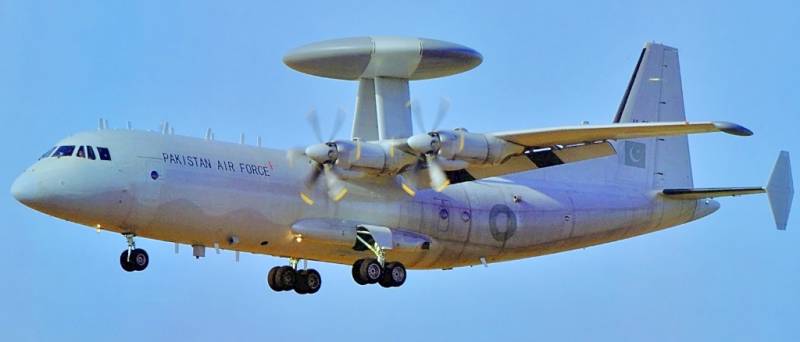
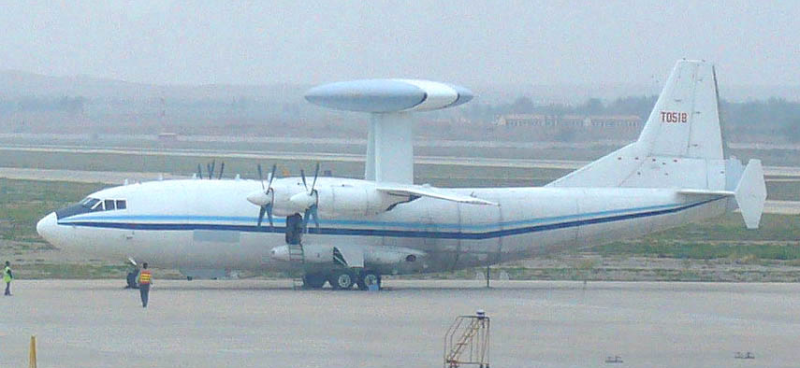
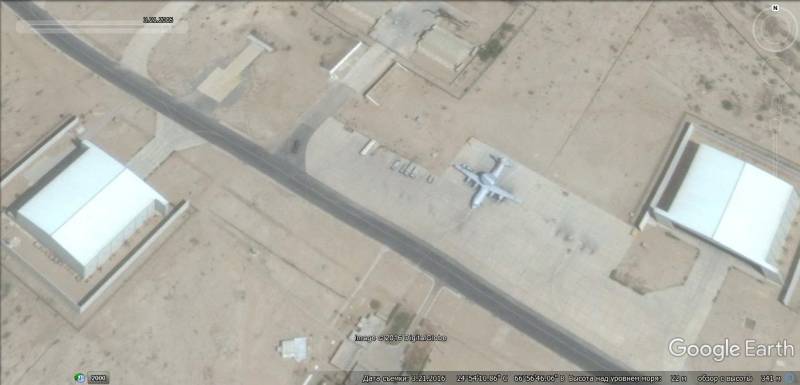
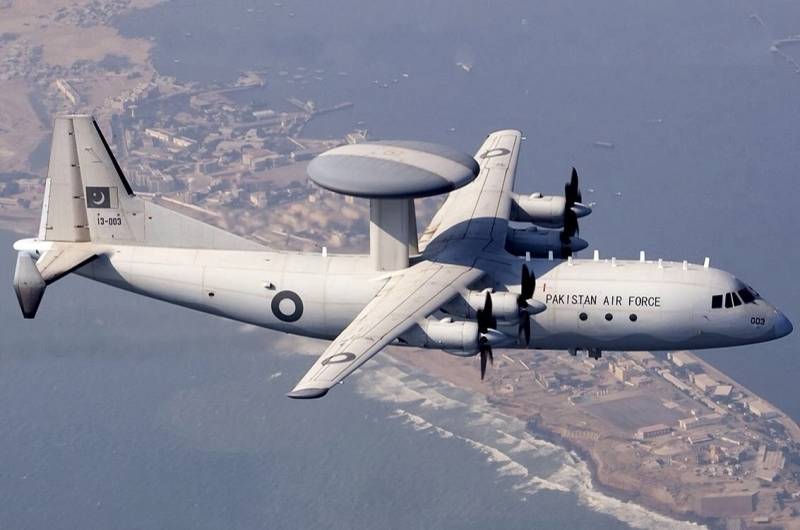
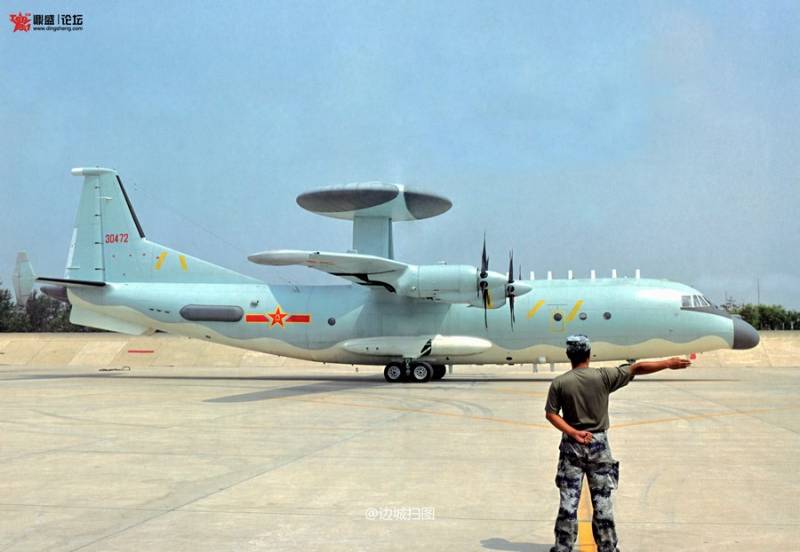
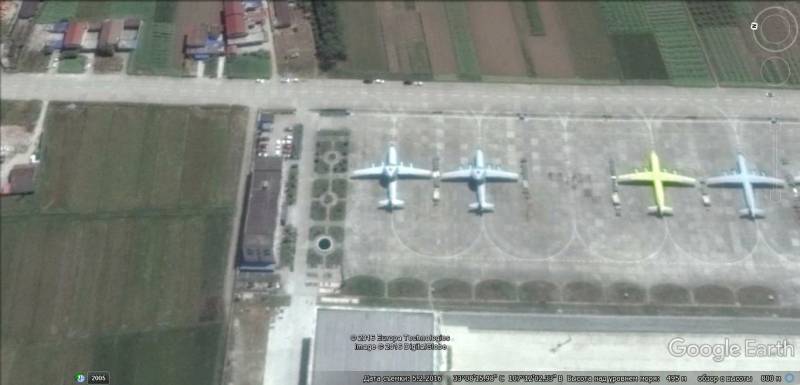
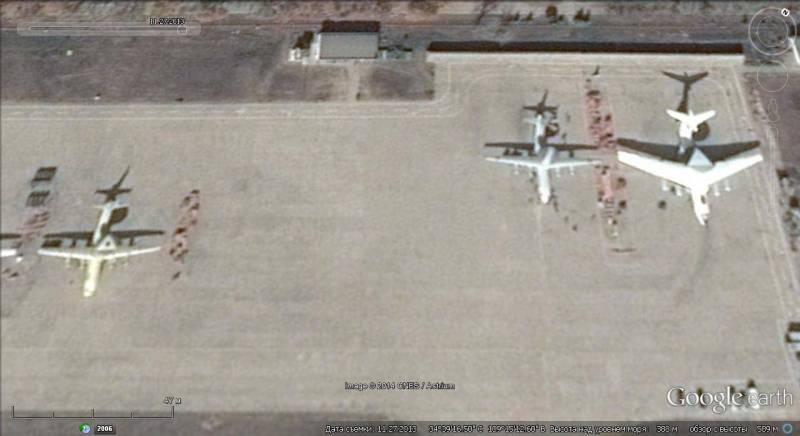
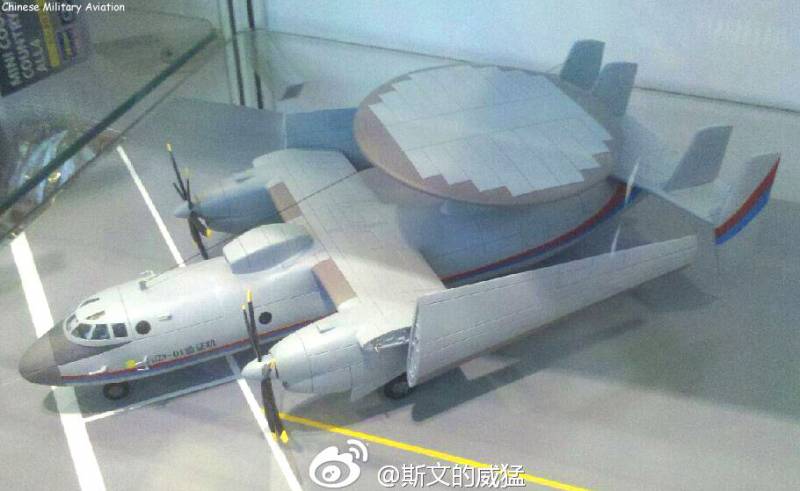
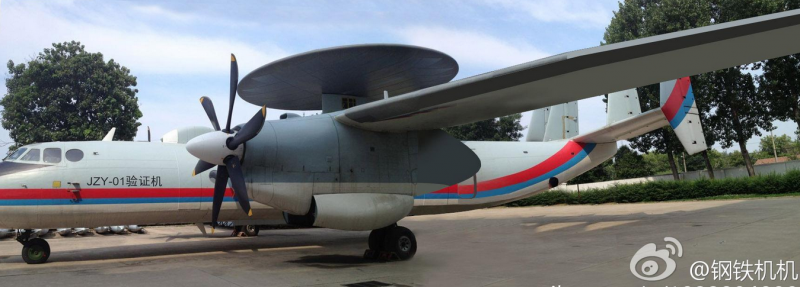
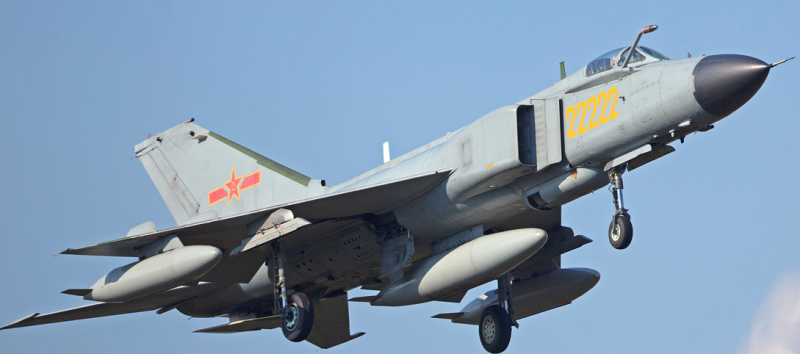
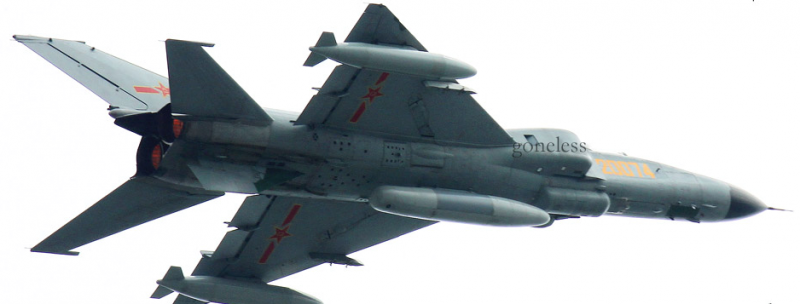
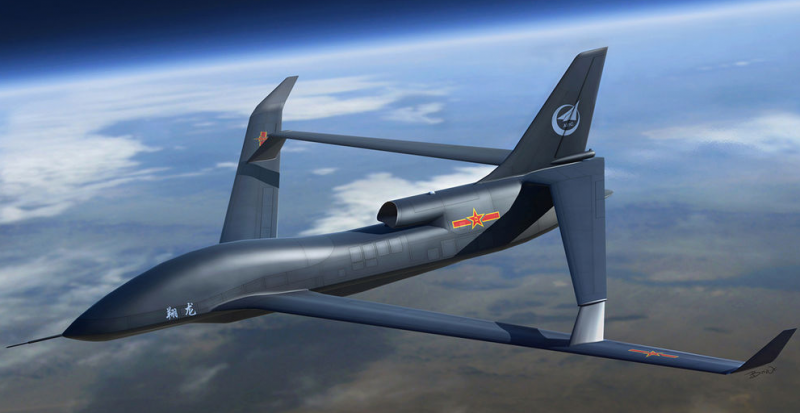
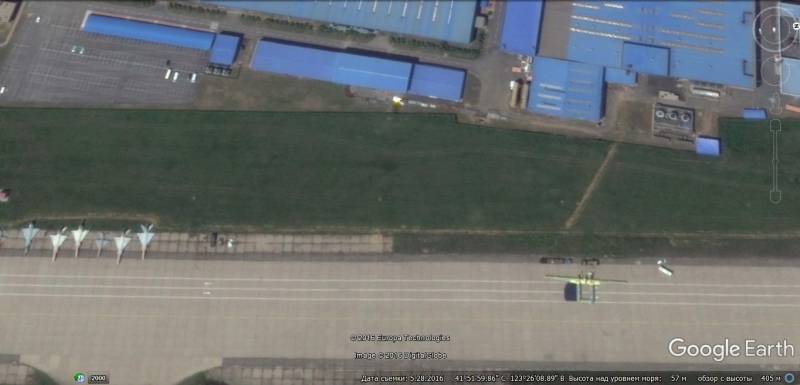
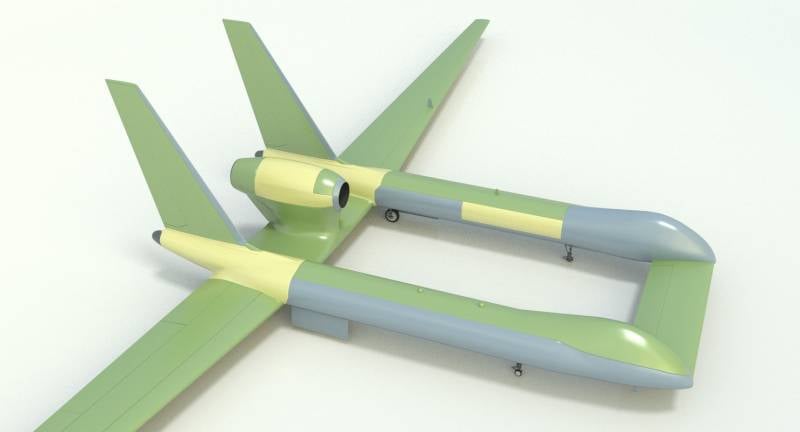
Information